All terrain, any weather – it’s the gravel way. Henna Palosaari tells us why gravel isn’t exclusively reserved for plus temperatures and party shirts, with 6 tips to brighten even the darkest season.
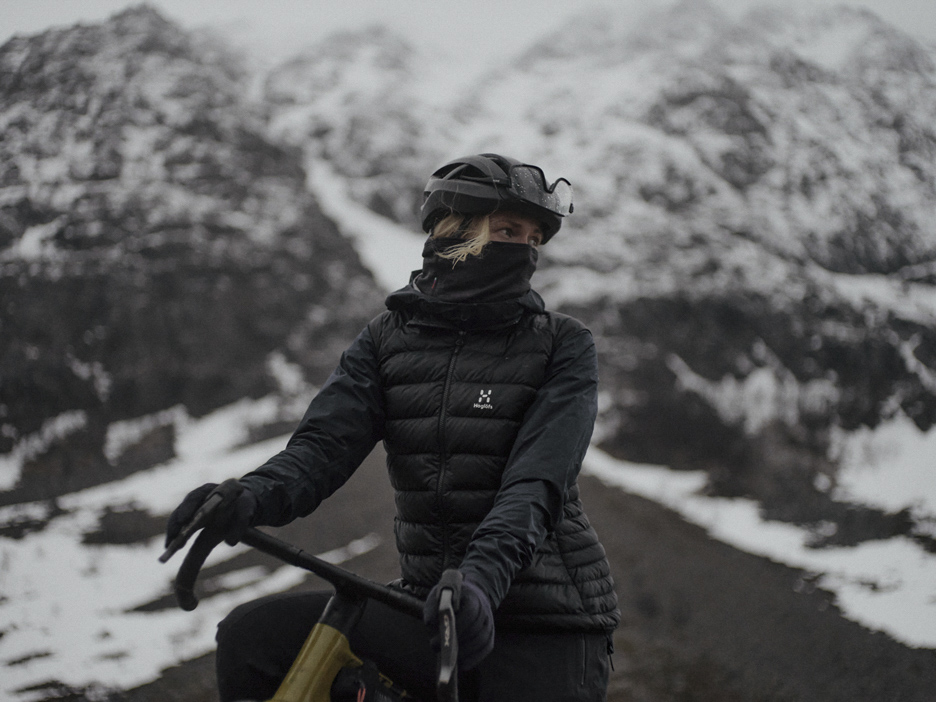
Growing up in Northern Finland, riding was simply what we did every day. We biked to school whether it was 20 degrees above or below freezing. It was nothing extraordinary, it was just part of life in Oulu.
I’ll admit it took me a while to warm to the thought of winter gravel riding for pleasure. That is, until two winters ago. Over the last 24 months, I’ve come up with my personal formula to make cycling in the winter enjoyable. Last winter, I finished my first winter bikepacking trip. The key for me involved finding the balance between sweating and the inevitable chill factor by adjusting layers along the way. It may sound simple, but it isn’t easy in practice.
Before we start going through my tips and tricks, I want to remind you that it doesn’t require fancy gear to thrive in winter conditions, despite how it may look. As kids cycling to school, we had no idea that winter cycling clothes existed. We wore regular winter clothes and hopped on our bikes. Remember that there are no rules when it comes to dressing for your winter gravel adventures, just my six bits of advice.
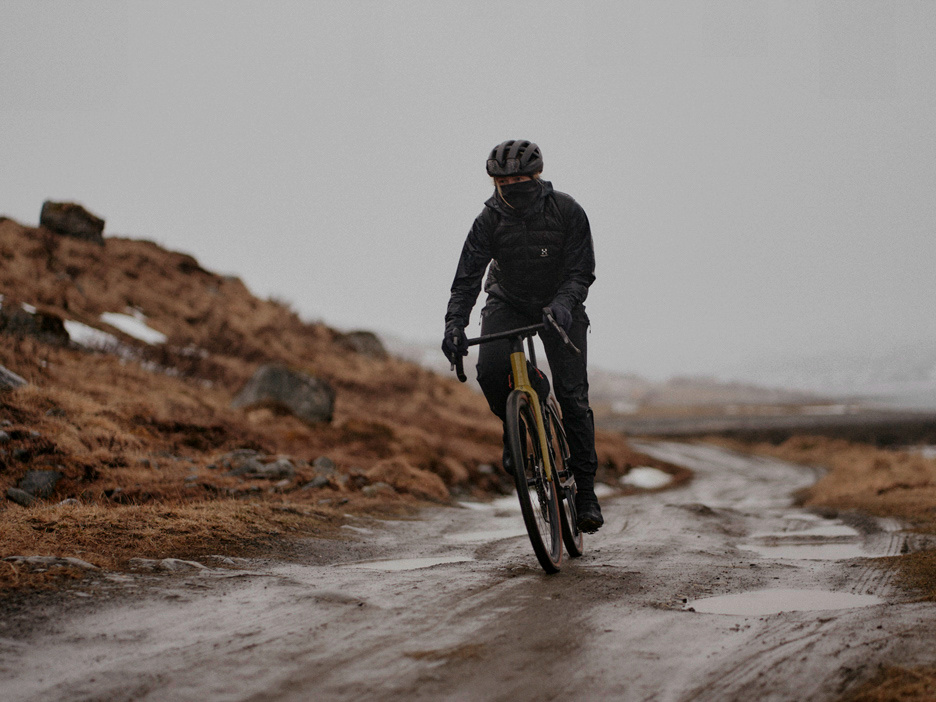
Tip #1: Layer up
It’s a lesson you learn best as a skier: How to layer up like a pro. But despite my experience in the snow, finding suitable layers for winter riding still took me a while. The problem is that the body temperature on the ascents and descents can vary greatly.
When riding uphill, you get warm and sweat a lot. While descending, your body temperature drops, which means you’ll get cold. On my earlier winter rides, the descents were freezing to the point of extreme discomfort. The solution I found was to always have a frame bag where I can pack some extra layers for the descents. Depending on the length of the descent, this might even mean packing a down jacket or vest, ski gloves and extra pants. Bringing a dry base layer might also be worth it, especially if you’re planning to stop somewhere.
Layers I wear when riding: long sleeve wool baselayer, breathable fleece mid-layer, lightweight shell jacket, thick winter bibs, merino wool socks, balaclava, gloves, booty covers.
Extra layers that I bring with me if I know there’s a longer descent: down jacket, thick ski gloves, and wind pants.
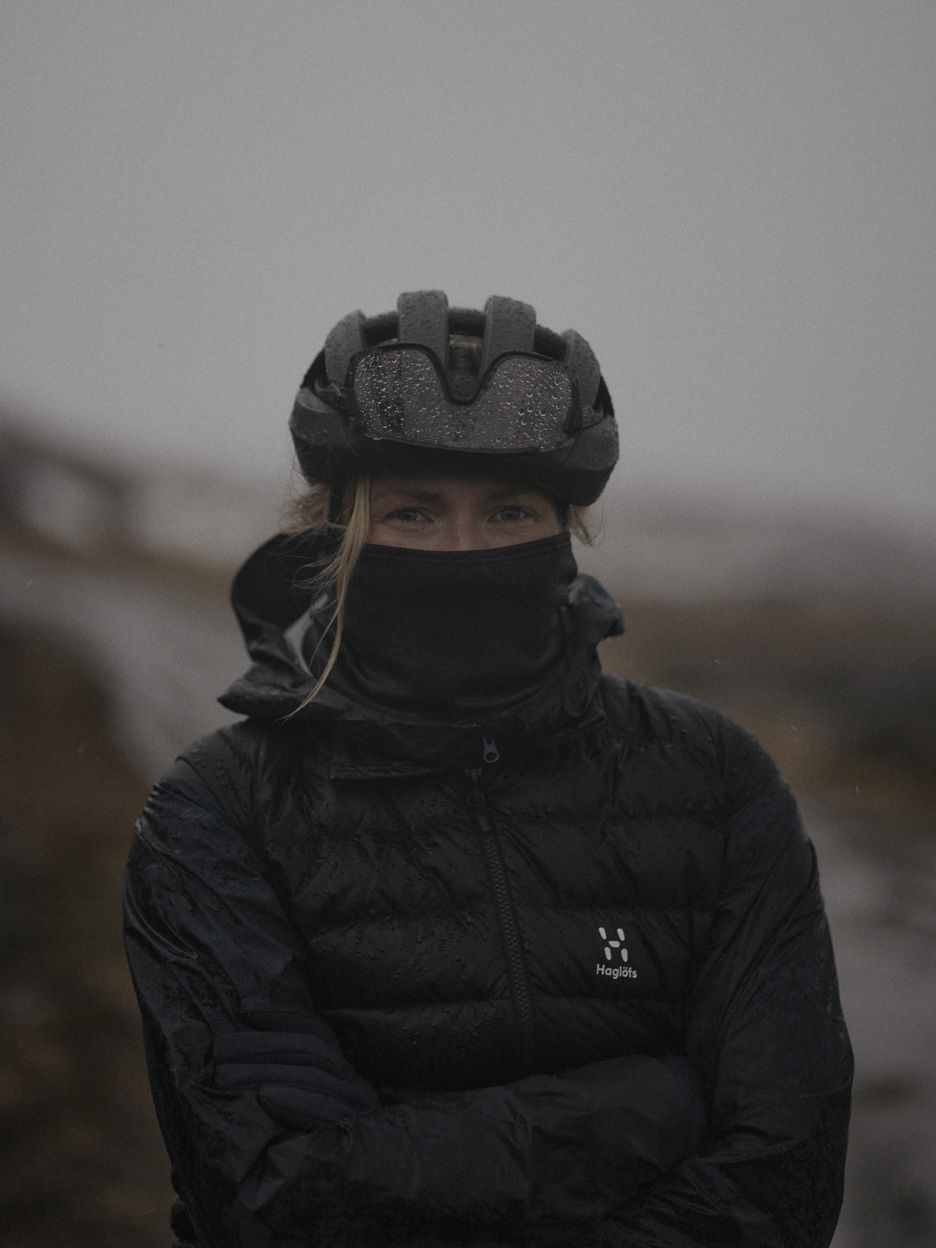

Tip #2: Pay special attention to your feet and hands
Your hands and feet are the trickiest body parts to keep warm during a winter ride. For a long time, I thought summer cycling shoes with boot covers were plenty. But last winter, I discovered that winter cycling shoes can make a big difference. When it comes to your hands, always pack spare gloves and an extra warm pair for the descents. Instead of investing in fancy cycling gloves, I often use my ski gloves on the descents, which have worked well. However, remember to check that you are able to brake and shift your gears with thicker gloves!
Tip #3: Rolling hills are better than long climbs and downhills
You can alter your winter riding experience's outcome with sound route planning. Long climbs may warm you up, but it’s good to remember that the long descents following them feel a trillion times colder in the winter. The most sensible option is to plan a route with rolling hills instead of big climbs. This way, you can maintain a more even body temperature instead of going from warm to freezing. However, if long descents are unavoidable, bring extra layers and make sure your feet and hands stay warm. Last but not least, icy patches on dark corners in the forest can be lethal. Ride carefully through patches that don’t see much sunlight.
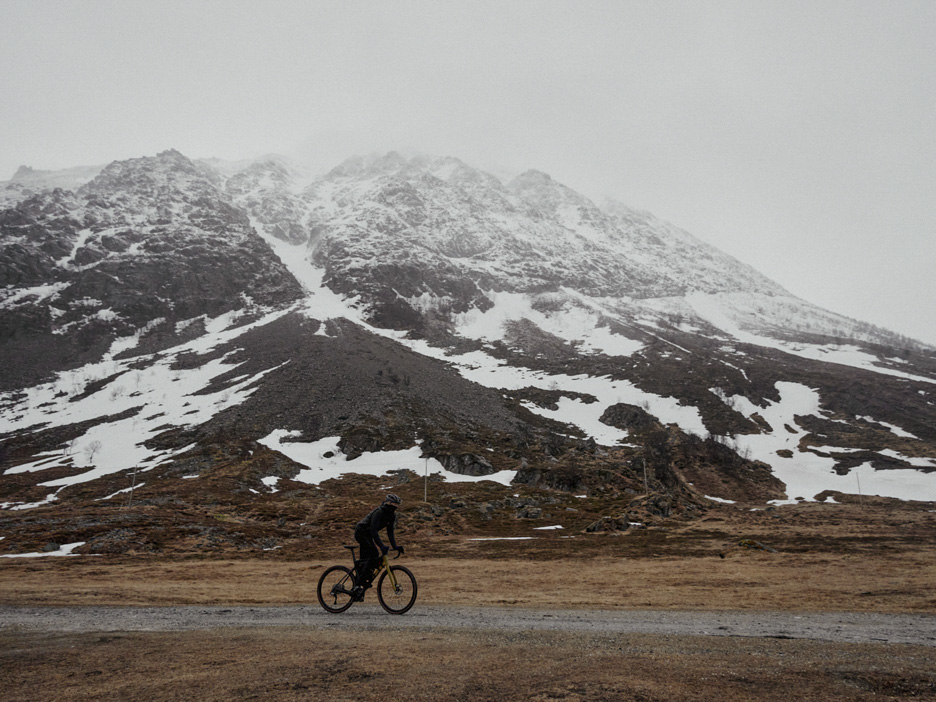
Tip #4: Mud and cleaning
Depending on your location, it may snow during winter. That doesn’t mean you can’t ride, but it does present some extra hurdles. Snow, rain, and the season’s limited hours of daylight will leave the gravel roads wet and muddy. Make sure your outermost layers are water-repellent so the mud won’t get you wet and cold, and use mudguards to prevent ground spray from penetrating. As you’ll mainly be off-road or on little-used backroads, salt shouldn’t be too much of a problem for your drivetrain, but be aware that winter conditions are damaging for bikes—especially your chain, which, if left uncared for, will then affect the rest of your components. So clean your bike properly after going for a ride.
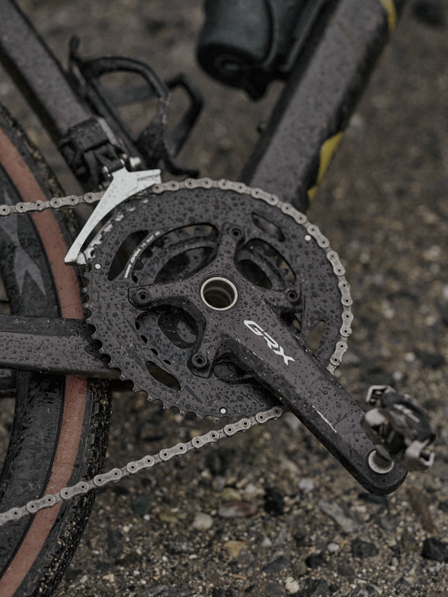
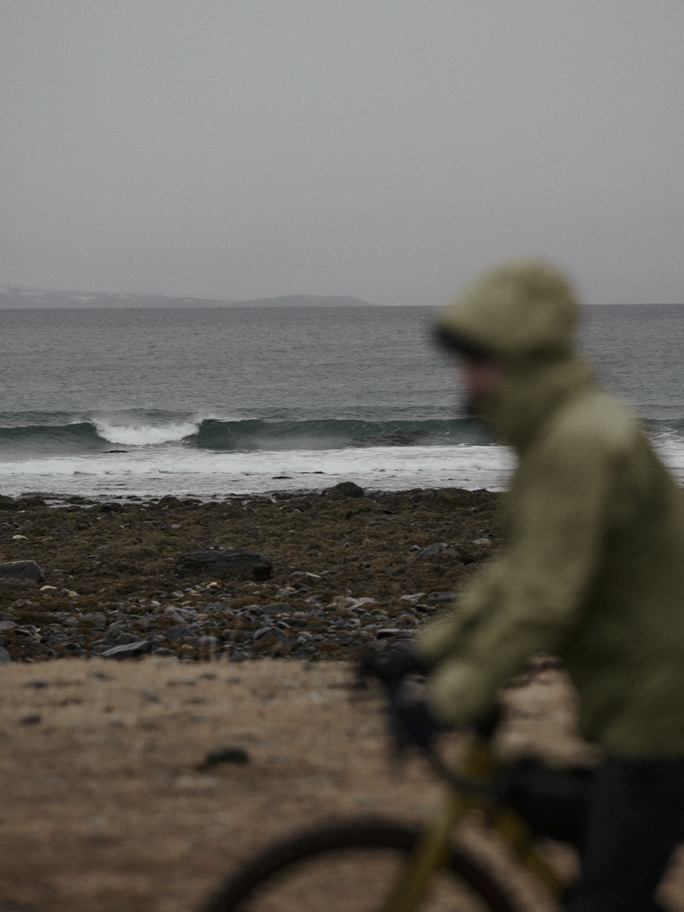
Tip #5: Always be prepared
I recommend carrying at least one extra vest and thick gloves or mittens. If you need to stop along the way to fix a flat tire, for example, you can catch a cold in no time, so it’s better to be prepared. Extra layers and a dry base layer are also necessary when taking breaks—planned or otherwise.

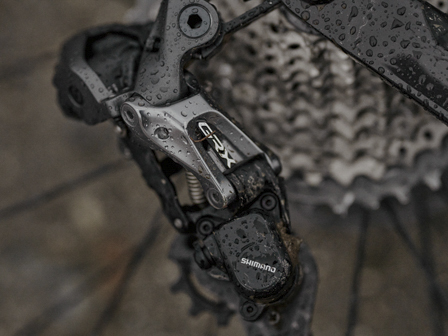
Tip #6: Start short
The outside conditions always look worse from the warmth of your living room. Start with short rides to test your layers and how it feels. If you cry it off early because you’re cold, add more layers and try again the next day. Fill a bidon with warm tea, and remember that once you find layers that keep you both warm and dry, you can enjoy winter cycling properly.
In Finland, we have a saying there is no such thing as bad weather, only bad clothing, so head out, have fun and don’t forget to look after your bike!





